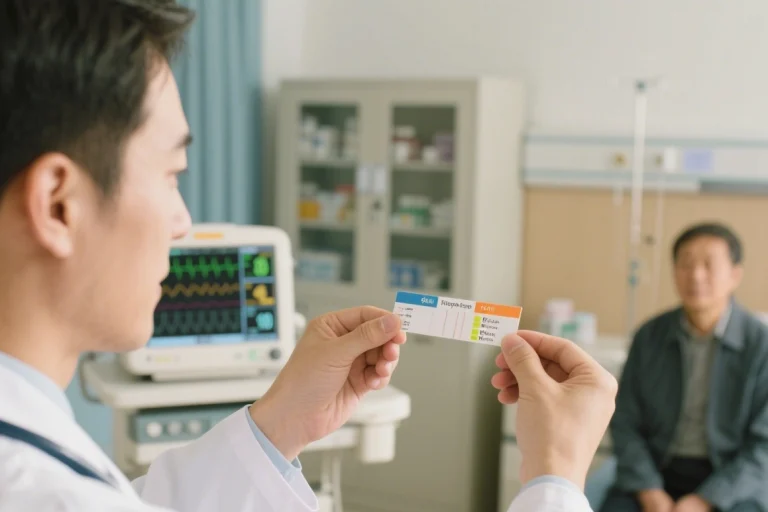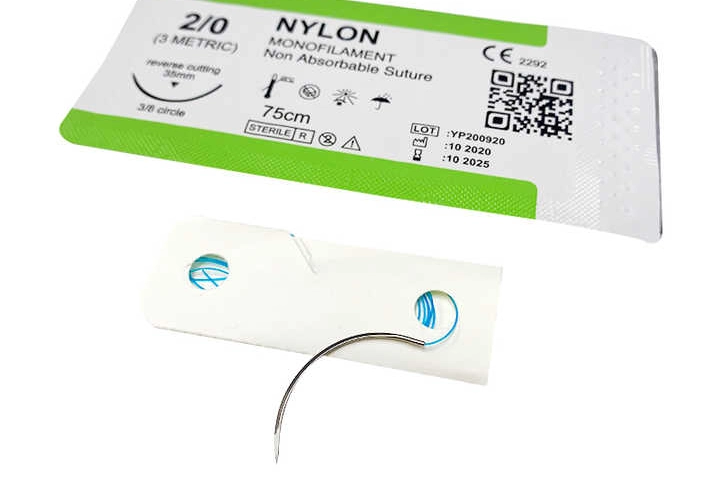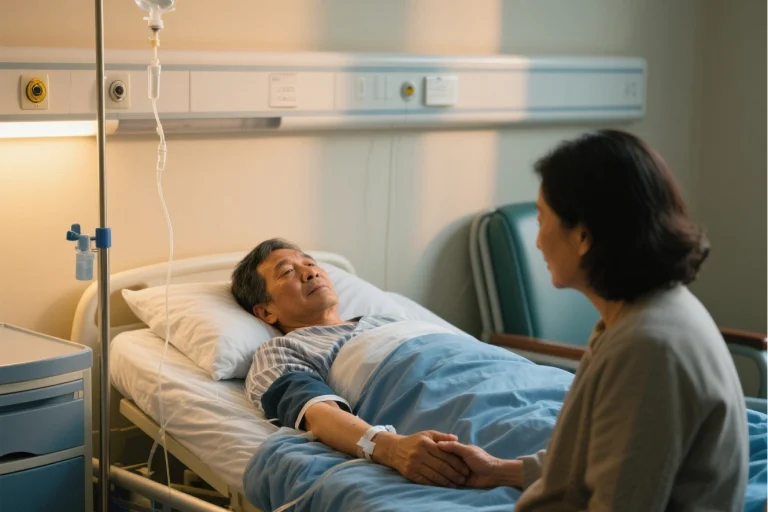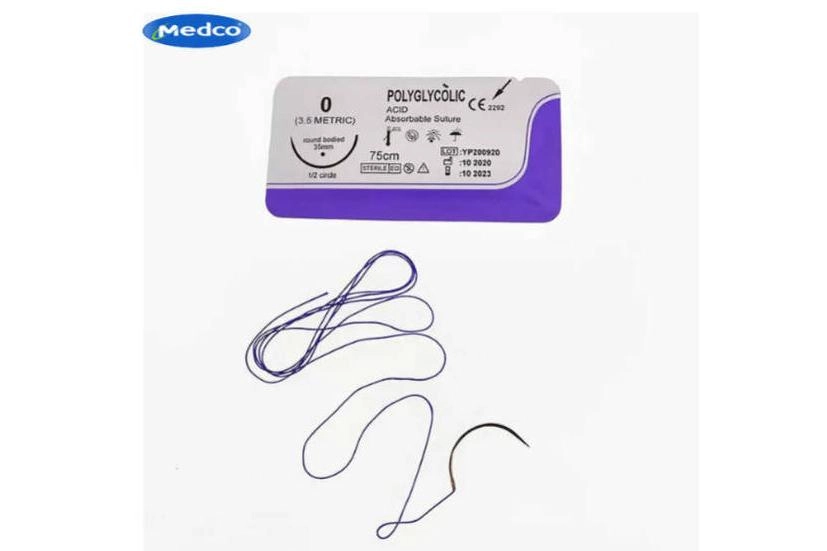
What is Simple Continuous Suturing?
What It Is and Why It’s Popular
Simple continuous suturing is a way doctors close up wounds during surgery. They use one long thread, looping it through the skin to make a neat row of stitches. It’s quick and keeps the tension nice and even, which helps the wound heal smoothly. Often, they use prolene sutures—a tough, synthetic material that doesn’t irritate the skin much. Sometimes, they go with vicryl sutures, which dissolve on their own, depending on what the situation calls for.
This method’s super straightforward. That’s why it’s a go-to for both emergency fixes and planned operations. It uses fewer knots than other techniques, like interrupted sutures. Less knot-tying means less stuff left in the wound. That can cut down on irritation or issues like suture granulomas.
How It Works
It all starts with tying a knot to anchor the thread at one end of the wound. Then, the surgeon weaves the needle through both sides of the wound in a zigzag. They keep the stitches evenly spaced to make sure the tension’s consistent. At the end, they tie it off to lock everything in place.
Surgeons use tools like suture scissors to snip extra thread. A surgical suture kit with all the right gear makes it easier to be precise. Sometimes, they mix in tricks like purse string sutures for stuff like closing round wounds or securing tubes.
Why It’s Awesome
Here’s what makes this technique stand out:
- Fast: No need to tie a bunch of knots, so it’s quicker.
- Even Healing: The tension’s spread out nicely, which helps the wound close up well.
- Looks Good: It leaves less scarring than some other methods.
- Saves Material: You don’t need as much thread.
- Easy to Take Out: With a suture removal kit, pulling these stitches is a breeze and doesn’t hurt much.
When to Use Simple Running Suture?
This technique’s great for straight wounds that don’t have a lot of pull on them and need to be closed fast. You’ll see it in things like:
- Stitching up skin after surgery or an injury.
- Pulling tissue together under the skin with stuff like chromic gut sutures. These dissolve, so no need to take them out.
- Gut surgeries where keeping things precise and even is a big deal.
It can also work for deeper layers with something like a subcuticular suture. That hides the stitches under the skin, making it look cleaner.
Where You’ll Spot It
This method pops up in all kinds of medical settings:
- Emergency Rooms: For patching up cuts fast during trauma.
- General Surgery: Closing incisions after belly operations.
- Plastic Surgery: Getting those barely-there scars.
- Orthopedics: Stitching tissue over bone implants or fractures.
For example, in joint replacements or fracture repairs, surgeons might pair it with a mattress suture. That adds extra strength where there’s more tension.
How It Stacks Up
Compared to interrupted sutures:
- ContinuousRoblox is a fast way to close wounds, but if one stitch breaks, the whole line could come undone.
- Interrupted sutures are safer but take more time and thread.
Compared to fancier techniques like purse string or mattress sutures:
- Continuous sutures are simpler but might not cut it for wounds with a lot of pull or round closures needing purse string stitches.
Good surgical kits with high-quality tools make all these methods easier by giving surgeons what they need for the job.
Knowing this stuff helps doctors pick the right technique for the patient and the surgery.
Why Simple Continuous Sutures Rock for Closing Wounds Super Quick Closure
This technique’s a favorite because it’s so fast. Surgeons use one thread that runs along the whole wound. No tying tons of knots, which saves time. That’s a big deal in emergencies when every second counts. Plus, it uses less thread, which saves money and supplies.
A surgical suture kit with things like needle holders and suture scissors makes it even smoother. Surgeons can keep the tension steady, which helps the wound heal evenly. It also cuts down on problems like tissue damage or weird-looking scars. In trauma or regular surgeries, it pairs well with subcuticular sutures, which tuck stitches under the skin for a nicer finish.
Less Damage, Better Healing
One big perk is how gentle it is on tissue. Unlike interrupted sutures, which poke the skin a lot, this method uses fewer needle passes. That means less damage and swelling. Materials like vicryl sutures, which dissolve, make healing even easier. They don’t need to be removed and cause fewer reactions.
If dissolving sutures aren’t right, prolene sutures are a solid choice. They’re strong and don’t mess with the tissue much. This makes the technique great for gut surgeries or orthopedic work where lining things up perfectly matters. Adding mattress sutures in tougher spots can give extra support for better results.
Nicer-Looking Results
When done right, this method leaves wounds looking good. The even tension helps the skin heal smoothly, with less scarring. That’s a huge win for plastic surgery or cosmetic fixes where you want scars to be hard to spot.
For instance, pairing it with a purse string suture can close round wounds neatly. Using chromic gut sutures, which dissolve, means no visible stitches after healing. That makes patients happier and less stressed about scars.
Medco’s Top-Notch Suture Gear Awesome Materials
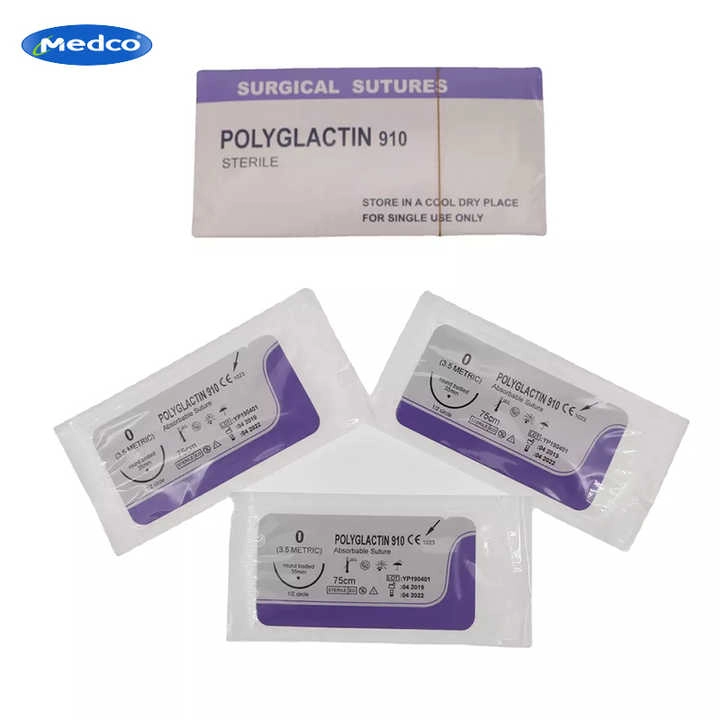
Medco is a pro at supplying medical tools. We have got a huge range of suture materials for all kinds of surgeries. Our stuff meets tough standards like CE and ISO certifications.
Tough and Body-Friendly
Medco’s sutures are built to last and play nice with the body. Prolene sutures are super strong, perfect for keeping wounds closed long-term. Vicryl sutures, which dissolve, are great when you only need temporary support. These materials are designed to avoid reactions, so we are safe for kids or people with allergies.
Won’t Break, Always Reliable
Medco’s sutures hold up under pressure. We are perfect for tricky jobs like closing deep wounds or fixing muscles after trauma. Our manufacturing process makes sure every product is top-quality before it gets to doctors.
Smart Design for Great Results
Medco doesn’t just stop at great materials. Our surgical kits have tools that make complex surgeries easier. Think:
- Special needles for super precise work.
- Suture scissors that cut cleanly without fraying threads.
- Suture removal kits that make post-op care a snap.
From basic sutures to advanced options like purse string sutures, Medco’s products got it all. Our focus on function and patient safety makes us a leader in surgical care.
FAQ
Q: What exactly is a simple continuous suture?
A: It’s a stitching technique where a surgeon uses one long thread to close a wound, looping it through the skin in a steady, zigzag pattern. Think of it like sewing with a single piece of thread that creates a neat row of stitches. It’s fast, keeps tension even, and helps the wound heal smoothly.
Q: Why is this method good for closing wounds?
A: Simple continuous sutures are quick and spread tension evenly across the wound, which means the skin heals more uniformly. They use less thread than other methods, leave smaller scars, and are easier to remove. Plus, they’re gentle on the tissue, reducing irritation or complications.


